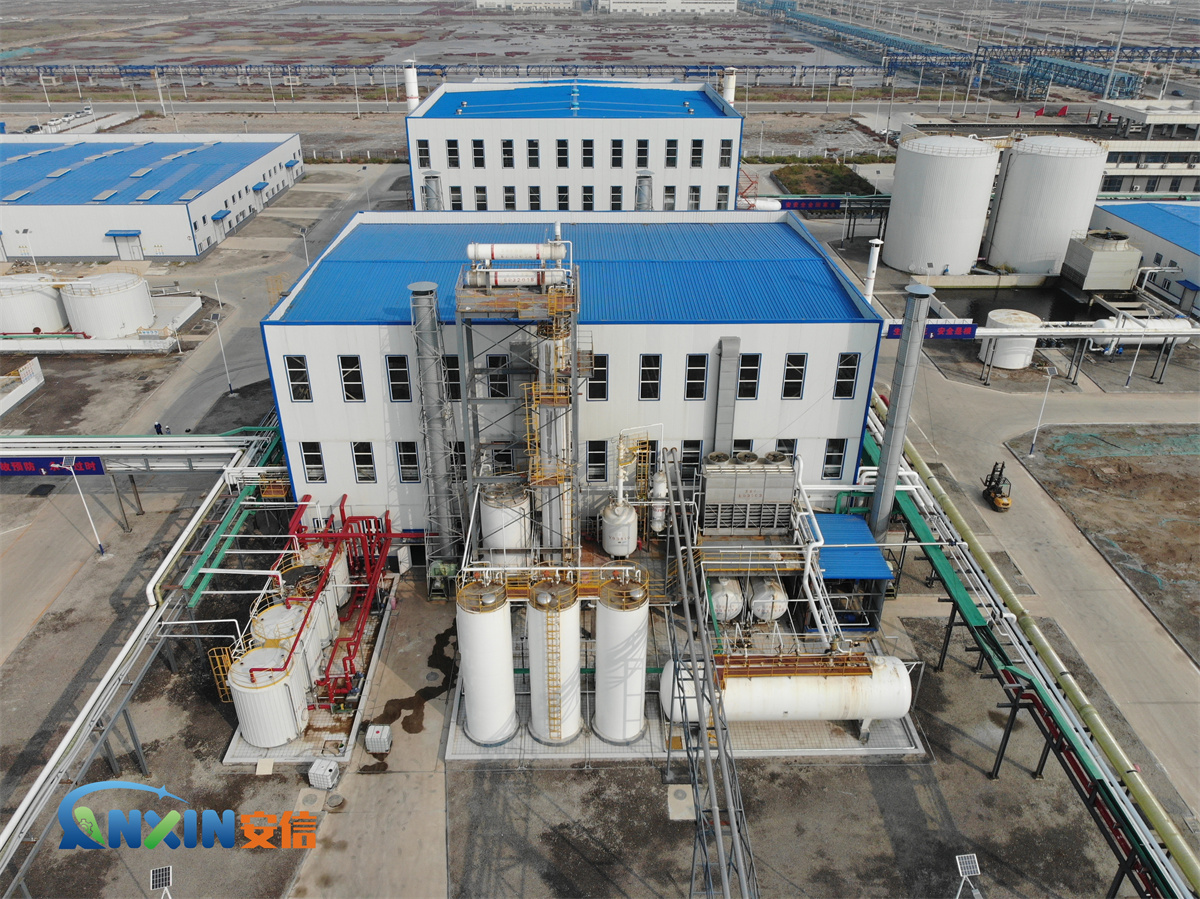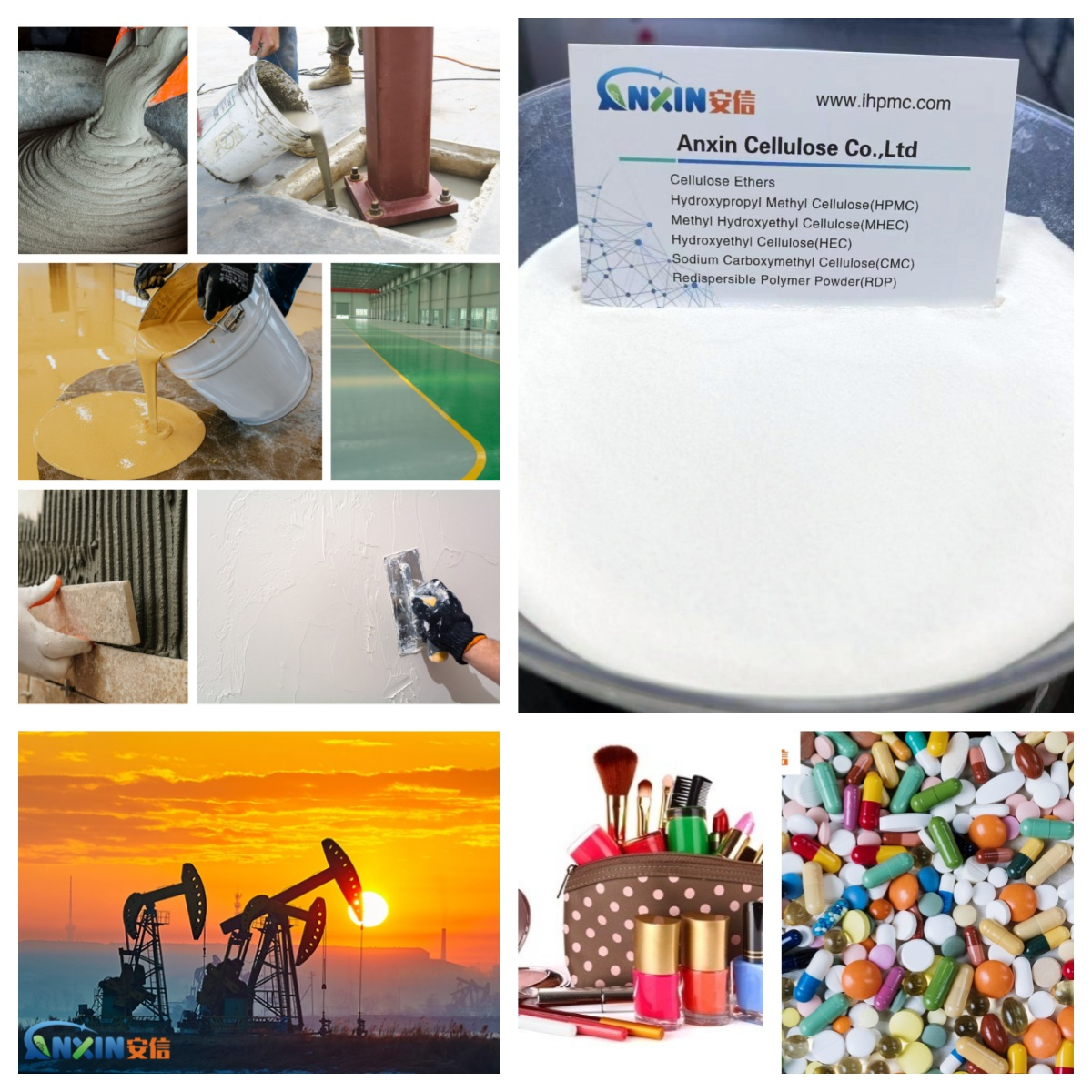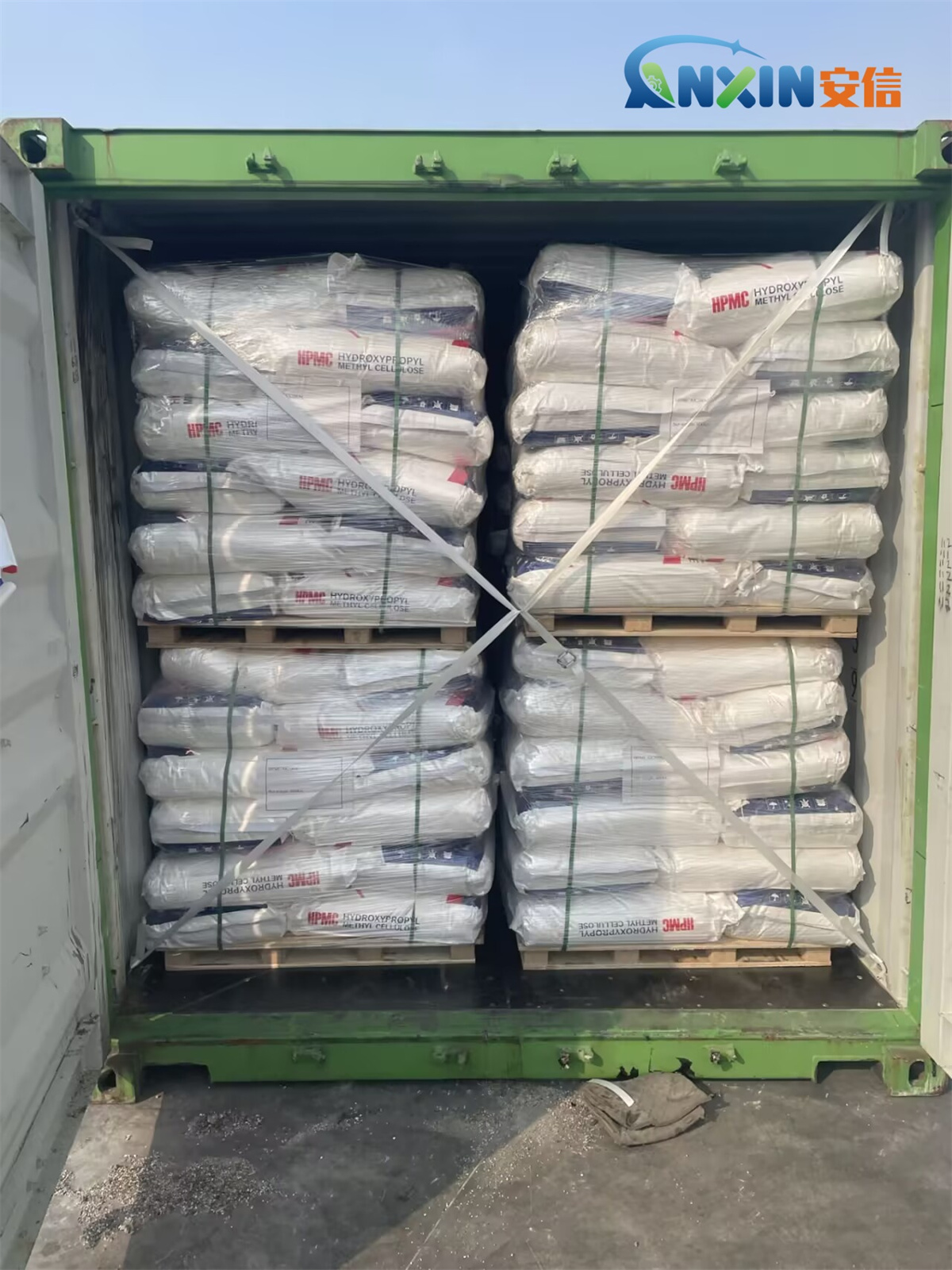Cellulose ethers are an important class of water-soluble polymer materials, widely used in construction, medicine, food, daily chemicals and other industries. In the field of construction (such as dry-mixed mortar, tile adhesive, putty powder, etc.), one of the most critical properties of cellulose ethers is its water retention, that is, it can keep water in the system during use to prevent water from evaporating or being absorbed too quickly, thereby ensuring the construction and final performance of the material. There are many factors that affect the water retention of cellulose ethers, mainly including its chemical structure, degree of substitution, viscosity, addition amount, particle size, dissolution rate, and external environmental factors.

1. Factors of cellulose ethers themselves
Degree of Substitution (DS) and uniformity
The degree of substitution refers to the average number of hydroxyl groups in cellulose molecules replaced by ether groups. Generally, the higher the degree of substitution, the stronger the hydrophilicity of cellulose ethers and the better the water retention capacity. However, there is also a certain critical value. Too high a value will lead to excessive solubility and excessive lubrication, which will affect the stability of the material structure.
The uniformity of substitution is also crucial. The more uniform the substitution, the more stable the network structure formed by cellulose ether in water, and the more effectively it can lock in moisture.
Viscosity
The viscosity of cellulose ether in water directly affects its “sealing ability” to moisture. Generally speaking, high-viscosity cellulose ethers (such as HPMC, HEMC, etc.) can form a denser three-dimensional network structure, limit the speed of water migration, and thus improve water retention. However, too high viscosity will affect the operability of the material, such as increased construction difficulty or uneven coating.
Molecular weight and degree of polymerization
The larger the molecular weight of cellulose ether, the stronger the entanglement between chain segments, the more viscous the formed colloidal solution, and the stronger the water retention. However, a balance needs to be struck between high water retention and easy solubility.
Particle size and dispersibility
The particle size of cellulose ether raw powder affects its dissolution rate and dispersion in water. The smaller the particle size, the faster the dissolution rate, and the easier it is to be evenly distributed in the material, thereby better playing a role in water retention. However, too fine powder is easy to absorb moisture and agglomerate during storage and transportation, affecting the performance.
2. Use formula and system-related factors
Addition amount
The amount of cellulose ether added in the formula directly affects the water retention performance. Usually, as the addition amount increases, the water retention is significantly improved, but after exceeding a certain range, the increase effect will tend to saturation, and it will also affect the cost and construction performance.
Water absorption of other raw materials
The water absorption of raw materials such as cement, gypsum, sand, etc. will also affect the water retention. Materials with strong water absorption will quickly absorb water from the system, accelerate drying, and make the water retention effect of cellulose ether more significant. Therefore, in this type of system, cellulose ether with higher viscosity or higher addition amount is required.
Water-cement ratio (W/C)
In building materials, changes in the water-cement ratio also affect the water retention of cellulose ether. When the water-cement ratio is low, there is less water in the system, and the water retention pressure of cellulose ether is greater; when the water-cement ratio is high, there is sufficient water in the system, and cellulose ether can more effectively delay water loss.

3. Environmental factors
Temperature
Increasing temperature will accelerate the evaporation rate of water, and put forward higher requirements for the water retention of cellulose ether. Especially in hot and dry environments, if the water retention performance of cellulose ether is poor, it is easy to cause mortar, putty and other construction materials to crack, powder and insufficient strength.
It should be noted that the solubility of cellulose ether at high temperature will also change, and some varieties will gel, affecting its moisture control function.
Humidity and wind speed
When the air humidity is low and the wind speed is high, the evaporation of water is accelerated, and the system is more likely to lose water, which requires a more efficient water retention agent to deal with it. In a high humidity environment, water is not easy to lose, and the water retention pressure of cellulose ether is relatively small.
4. Construction factors
Coating thickness and operation method
Thin layer coating is more likely to lose water than thick layer, so thin layer construction relies more on cellulose ether with high water retention. At the same time, stirring uniformity, coating method (mechanical or manual), substrate water absorption rate, etc. will also affect the actual performance of water retention performance.
Water absorption of substrate
For example, the water absorption of substrates such as bricks, concrete, and gypsum boards is different, which will affect the ability of cellulose ether to retain water. The more absorbent the substrate is, the faster it will absorb water from the mortar, and cellulose ether needs to quickly form a water-retaining barrier.

The water-retaining property of cellulose ether is a property determined by multiple factors. Its own structure (such as degree of substitution, viscosity, particle size), use environment (temperature, humidity, wind speed) and construction formula (addition amount, water-cement ratio, raw material characteristics) will have a significant impact on its performance. Therefore, in the application, the type and amount of cellulose ether should be reasonably selected according to the specific use scenario and formula design to achieve the best water-retaining effect and construction performance.
Post time: May-08-2025